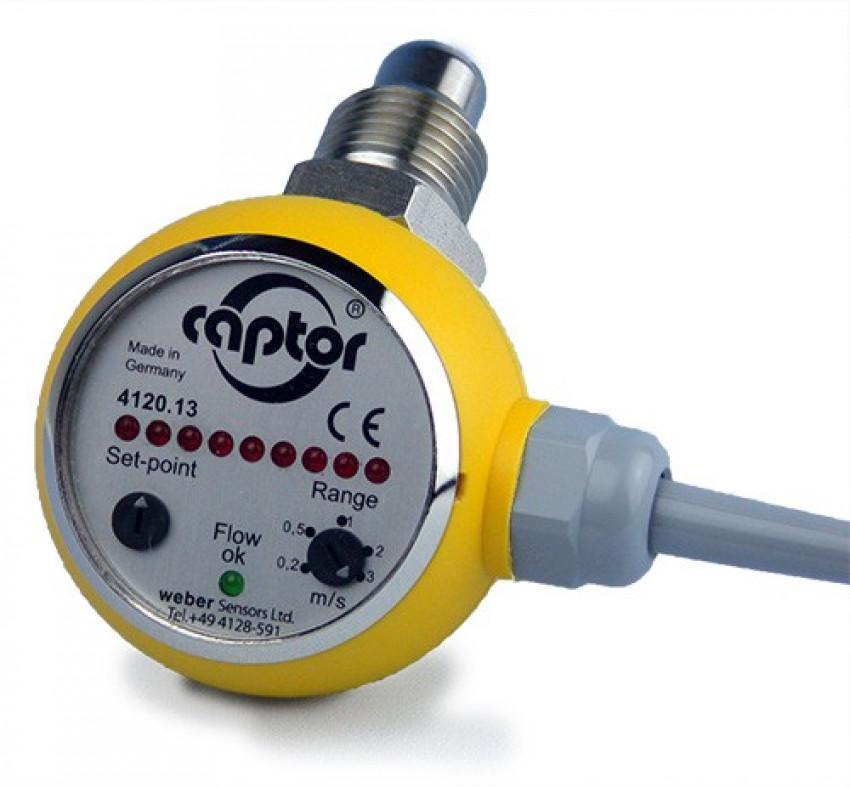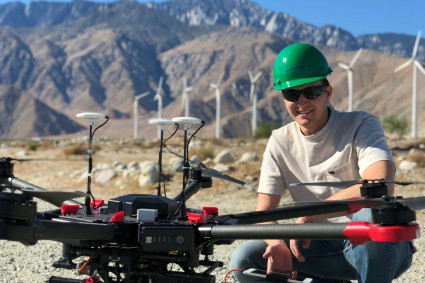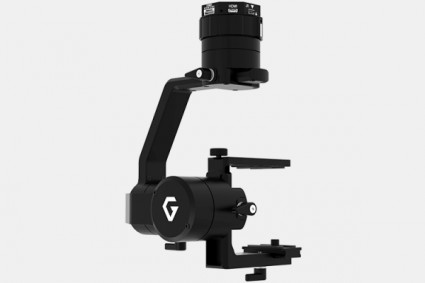
Flow switches are unique partial mechanical or electronic gadgets extensively utilized in varied industrial usages for controlling the flow of air, liquid, or steam. It is an exclusive and accurate metering flow switch designed with flexible set-points to make and break the electric current in a circuit board.
Thus, in any industrial system, such flow switches are essentially applied in tracking and administering the flow rate of liquids, gases, and steams flowing through a pipe over a specific timeframe. Sometimes known as, the flow indicator or sensor, the Weber flow captor is the perfect device to manage the safe ultrasonic movement of fluid within any commercial operations.
What Intrinsic Mileages are gained by Varied Flow Sensors and Their Operating Methods?
Positive Displacement sensors
Amongst the distinct flow indicators, the positive displacement flow sensors operate by directly quantifying the volume of the fluid or gas that is moving through the device. Such unique flow switches measure the motion of any common fluid volume traversing through its rotating parts. Such flow indicators can easily operate with a diverse range of fluid densities, along with requiring low maintenance and furnishing electronic or mechanical circuitry. These distinct usages entail the quantification of gasoline, hydraulic fluid, oils, along with the metering of gas and water installed in a domestic environment.
These flow switches or sensors need no power to operate, and can effectively manage high pressures, in-transit gases or steams, and buoyant solids. Such devices are reasonably simple to design, come with optimally precision-guided parts, and operate with enhanced reproducibility and preciseness. Even though they are costly to install and require clean fluid to operate, their high-end functional mileages justify such expensive propositions of industrial usages.
Mass Flow Rate Sensors
Sometimes known as the mass airflow sensors, the flow switches or indicators quantifies the flow quantity or rate of the gas or fluid traversing through the conduit by ascertaining the mass per unit time, and operates on the Coriolis principle. Herein, they are extensively found in vehicles, in which case they are applied to estimate the air going into the air input system of the internal ignition engine.
In this process, the flow switches function by quantifying the transfer of energy from the thermal surface to a flowing liquid. Among the two distinct mass flow indicators available are the Coriolis and thermal flow-meter. Such unique devices assist in exactly measuring the fluid flow rate with optimal preciseness and functions with reciprocal flow measurements. Besides, it can be applied to measure an assorted range of fluids, including highly mucous liquids.
Velocity Flow Switches
Again, the velocity flow sensors or switches aids in quantifying the flow rate of liquid by ascertaining the momentum or acceleration of the specific fluid through the sensor. Such flow indicators are attainable in distinct designs, amongst which are the mechanical i.e. propeller, turbine, and paddlewheel, along with the electromagnetic and the ultrasonic variety.
Velocity Mechanical Flow Sensors
Here, the revolving mechanical device like a paddlewheel is directly installed across the flow path of the fluid or gas. As the liquid flows through, the paddlewheel switches and such rotation is ascertained by the infrared sensor or the magnetic coil. Subsequently, the flow meter sensor transforms the rotations into a unique output signal, which showcases a specific mass output per unit time. Such flow mechanical sensors or switches are typically utilized in the water treatment plants or sewage plants, as they are highly compact and economical, along with needing negligible energy to function.
Velocity Electromagnetic Flow Indicators
EMF or electromagnetic flow sensors functions on Faraday’s law of induction, and are used extensively in chemical plants, and petrochemical industries. They are mostly suitable for liquids with a certain degree of impurity, and may not be function well with gas, steam, or oil.
Velocity Ultrasonic Flow Switches
Again, the ultrasonic sensors, also known as transit time ultrasonic flow indicators are mostly applied in pulp and paper manufacturing, aquaculture or hydroponic cultivation, and other facilities management. They can operate at high pressures and degrees, and detect the liquid flow with ultrasonic signals directed on a set of mirrors.
Final Verdict
Factoring into the distinctive facets and privileges of the Weber flow captor, it is quite vital to choose the suitable types, voltages, sizes, and functionalities of such flow sensors or switches for ensuring the appropriate installation with optimal industrial efficiency.
In this context, it is always prudent to procure such high-end devices from reputed sensing, monitoring, and measuring specialists, like the Gordy’s Sensors, having 14 years of in-depth expertise with flow switches in wastewater treatment and steel processing industries, furnishing only premier quality tried-and-true products at feasible rates.




